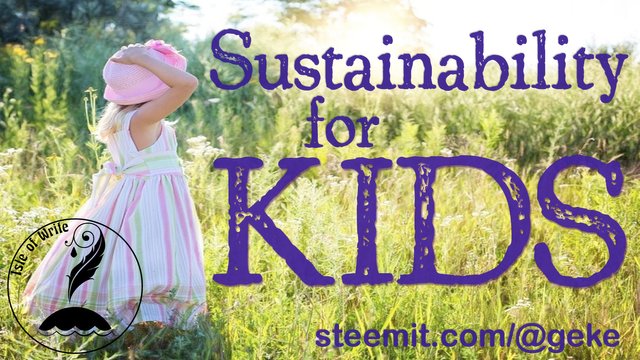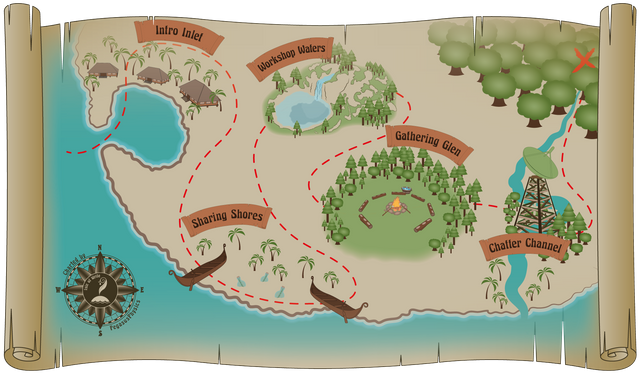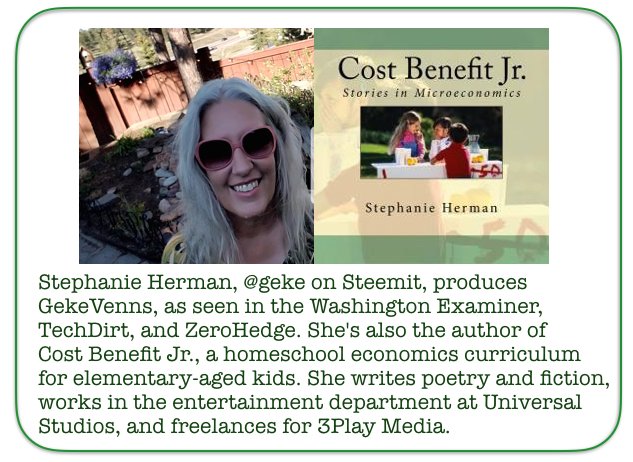Sustainability for Kids: employment

Part 1 | Part 2 | Part 3 | Part 4 | Part 5 | Part 6 | Part 7 | Part 8 | Part 9 | Part 10
So did all this extra spending help the economy the way Keynes thought? The New Deal did not but most people believe, even today, that World War II and the money we spent on the war pulled us out of the Great Depression. Is that true? Because if it is, that gives us a very bleak outlook on what's necessary for a healthy economy.
Keynesian economists today, like Paul Krugman at the New York Times, still believe that yes, this is true. Krugman has often been known to say that things like war and hurricanes and floods and tornadoes are good for the economy because these problems get us spending more money, as he says here: “And yes, this does mean that the nuclear catastrophe could end up being expansionary, if not for Japan then at least for the world as a whole. If this sounds crazy, well, liquidity-trap economics is like that — remember, World War II ended the Great Depression.”
Economists from the Austrian school, though, disagree that war and hurricanes are good for the economy. We can explore some of their arguments back and forth to see where sustainability falls.
One of the reasons Keynesian economists believe war and hurricanes are helpful to the economy is because these destructive events put everybody to work building for war or rebuilding from disaster and employment goes up.
War does put people to work. That much is true. But in response to this argument, economist Henry Hazlitt gave us an analogy. Imagine that Bob is lounging in his recliner one evening and his neighbor, Jim, sets his house on fire. As soon as he smells smoke, Bob jumps out of his lounge chair and gets to work putting out the fire. But is the work Bob is doing right now making him richer? No. When the fire is out, Bob will be poorer. Things of value that he owned have now been destroyed.
It's the same thing in our economy. Just because we're working harder to rebuild after a disaster or a war, that doesn't mean our economy is better off. Wealth has been destroyed. It's been consumed. It no longer exists. We'll have to work harder just to get back to where we were. But while we're working harder, yes, our employment numbers will go up.

Keynesians see work as vital to economic health, but work for work's sake isn't necessarily helpful to the economy. Many people argued against the make-work policies of the New Deal for making work nobody really needed done. A long-standing joke is that the government's idea of employment is to pay someone to dig a hole and then pay them again to fill it back in, and that's somehow good for the economy. The people getting paid will benefit, but if no wealth is created, the work is pretty pointless when it comes to the economy, overall.
Unfortunately, we've believed this idea that we need to consume at higher and higher levels – or let the government, its wars, or natural disasters consume for us - just to keep people employed. This idea isn't sustainable. As economimcs professor Art Carden writes, “Conflict is sometimes necessary, but we should recognize what wartime expenditures represent: destruction of life and resources.”
And when Keynesian economists try to convince us through statistics that World War II improved economic conditions there's something else to remember: when you engineer things like demand and consumption, you distort the signals in the economy. So the statistics aren't based in reality, they're based on distortions.
During both the New Deal and World War II, prices were engineered by the government. Rather than let the market determine prices through supply and demand, the government passed laws to hold prices at a certain level. During the New Deal, the government kept prices artificially high. During World War II, the government kept prices artificially low and the “official” prices never signaled to the economy the true cost of that war. When government engineers prices, we never know the true costs.
But when there are no wars or natural disasters to spur spending, the government can always fall back on “tax and spend” measures. We'll explore that next time.
This article is one of a series I'm writing for the 30 Day Writing Challenge hosted by @dragosroua. If you want to join, write on a topic that interests you or that you'd like to learn more about and use the tag #challenge30days. As Dragos says, "The key word sequence here is: "write every day."

Think you'd like to wash up on our shore?
The treasure map will bring you right to our door!


I can't believe you're not getting more engagement on this stuff. I would think most people would want to be having this discussion.
Wao nic post
awesome, let's resteem it so my friends also should read it,